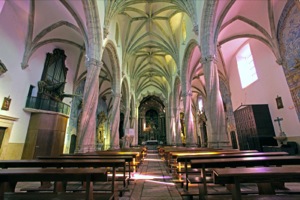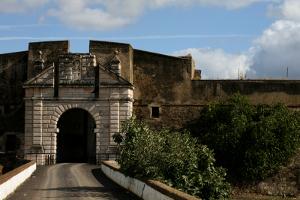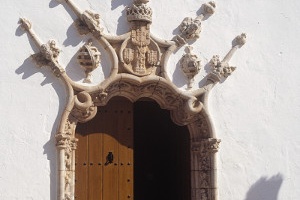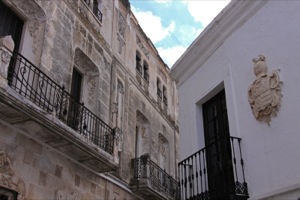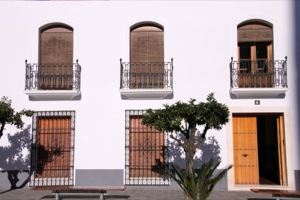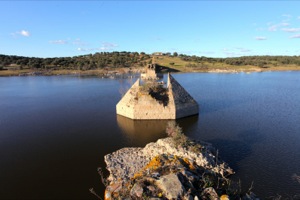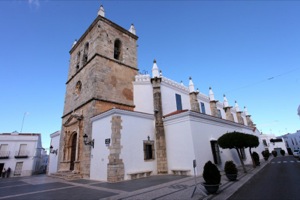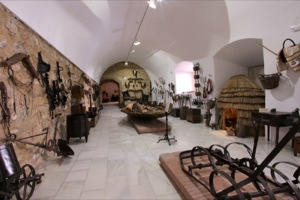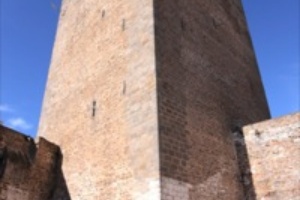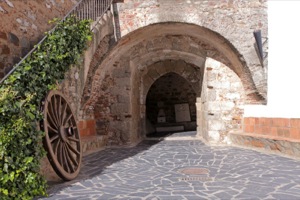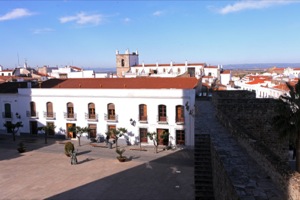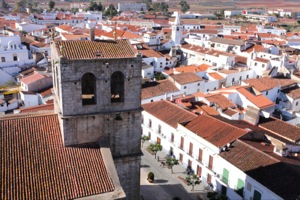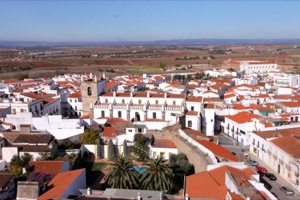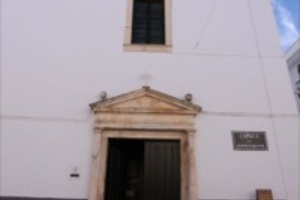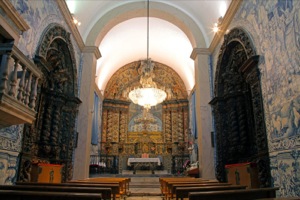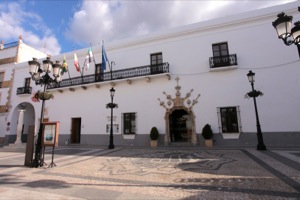Destinations
Olivenza — a Templar haven
Claims to the city were a bone of contention between Spain and Portugal on several occasions in the past.
- Explore
- Olivenza
The town's impressive keep testifies to its turbulent past
Location and Contact:
- Contact person: Olivenza Municipal Tourist Office
- Tel.:+34 924 490 151
- Email: turismo@ayuntamientodeolivenza.com
- Website address: www.turismodeolivenza.com
-
Claims to the city were a bone of contention between Spain and Portugal on several occasions in the past.
Among enclosed meadows of holm oak and beautiful cork oaks, lies Olivenza, a city the character of which was profoundly marked by the Knights Templar. Indeed, it was the Order of the Temple that founded the town back in the 13th century, a place that has given rise to continuous confrontations between Spain and Portugal throughout history. Even though it was founded as a Castilian village, Portugal is responsible for the privileged and fortified Olivenza that has come down to us today. All of which goes to explain why its streets and squares, with their white houses and arched buildings and cobbled paving, still preserve tiles with their names in both Spanish and Portuguese.
By the way, if it's tiles you like, take a look at the Portuguese ones inside the Chapel of the Casa de la Misericordia depicting biblical scenes abounding in innocent anachronisms.
On arriving at the town centre, you will find that the original structure of the bastides is reproduced: a square with four gates, crossed by two perpendicular streets that meet at the centre. The so-called Citadel of Olivenza had three walls and 14 towers. There was a gate on each wall, only two of which have come down to us today - the Alconchel and the Los Ángeles - along with the arch of a third gate, La Puerta de la Gracia.
Indeed, Olivenza also has a fourth line of defence in the form of a balustraded fortification built during the Restoration Wars. Of its three gates, only the most monumental of these has survived, the Puerta del Calvario.
The original Templar fort was replaced by the citadel. Its emblematic, thirty-seven-metre high Keep is the highest of the fort towers along the entire Spanish-Portuguese border. It houses the González Santana Ethnographic Museum. A must for all visitors to the town.
Another stately building of interest is the Palacio de los Duques de Cadaval which, though it was never a palace belonging to the Dukes of Cadaval, it is so-called because these were the Mayors of Olivenza for some time. It currently serves as the town hall. Its unique, Portuguese Manueline style door has become a mark of identity for the city.
Also worth a visit is the Panadería del Rey (the King's Bakery), an 18th-century Quartermaster General's headquarters. On the ground floor, the gaps for the four ovens are still to be seen, which it is said could produce ten thousand loaves of bread in a single day. It currently houses part of the Ethnographic Museum.
If talk of bread has only served to whet your appetite, why not take time out from your stroll to savour the local, Olivenza cuisine? Its dishes, influenced as they are by Portuguese cuisine, are characterised by their simplicity and the use of local produce, game and fish: rustic feasts that will satisfy the most exacting palates.
Who can resist a hearty, Extremadura stew or tasty "migas de la tierra" (fried breadcrumbs with chopped bacon and pork, chorizo etc.)? Followed by a second course of tender "retinto" veal or stewed partridge. If you're open to a bit of advice though, I'd make sure to leave a little space to savour some of the local confectionery. What better way to finish off a good lunch than with a "Técula Mécula", a traditional dessert cake of Portuguese origin that is made of almonds, sugar, egg yolks, pork fat, flour and butter.
Having duly recovered your strength, you can continue on your visit of the town's religious architecture. The Church of Santa María del Castillo, built in the 16th and 17th centuries, and the 16th-century Church of the Magdalena are two excellent examples of this. The former, which is Classical in style, is one of the so-called hall churches, given that its three naves stand at the same height. It houses a spectacular Tree of Jesse, the best preserved of those that still remain. Multi-coloured and carved in wood, this 10.29 m piece represents the family tree of Jesus and Mary, the inspiration of which is to be found in Isaiah's prophecy, “There shall come forth a shoot from the stump of Jesse, and a branch shall grow out of his roots" (Isaiah 11:1). The latter, the Manueline style Church of the Magdalena is noteworthy for its nature and sea-inspired decorations. It was the winner of the 2012 "Best Spot in Spain" prize organised by the Repsol Travel Guide.
Before ending your visit to Olivenza, take a stroll along Avenida de Portugal, more popularly known as Paseo Chico, the veritable nerve centre of the town. Also worth a visit is the Parque de los Pintasilgos, a park where you can enjoy the natural surroundings and dream that you are leaving behind this Templar haven on horseback over the impressive Ajuda Bridge, now in ruins owing to Guadiana river flooding and the ravages of the border wars.
-
Type:
- Locality
Theme:
- Destinations
Target audience:
- Families
- Young people
- Single people
- Senior citizens
- Children
- Couples
- Single people


